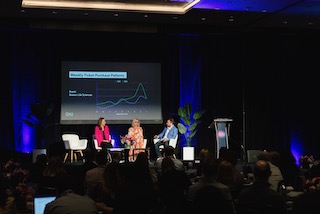Email Best Practices–Ideas You can Use Now
4 Ideas for Re-Engaging Inactive Customers
June 29, 2017AAMP Meeting & Presentation
September 20, 2017Email Best Practices–Ideas You can Use Now
Email best practices change as technology, habits, and consumer preferences change. Here are some of today’s best practices for business emails looking for action from the reader (ie. subscribe, renew, download).
- Easy to scan and read. Busy people don’t want to read long, bloated messages and fluff. Be concise, clever, with a clear message and offer. Include response buttons in your HTML formats, since people can then jump right to the action.
- Responsive design templates. Recipients are reading your messages on phones, tablets, computers. Does yours look good on all devices? If not, they may be quickly deleted.
- Incorporate video, if it makes sense in offer. Might be useful in new product introductions. Video can improve open rates 5x and response rates 8x, according to HubSpot.
- Stop sending emails to your entire file thinking it will increase response rates. It won’t. Find the BEST group to target, then send them a specific message. Speaking to the individual has been shown again and again to improve response rates and avoid list fatigue and hurt sender scores.
- Test, test, test! Another mantra of mine, most automated email platforms make it simple to test—copy, format, layout, response vehicles, color, message, etc. A small change can have a big impact on your final effort results.
- Track your results and adapt future efforts based on open rates/responses/quality of responses.
By incorporating some or all of these items, hopefully your programs will become more effective, your database more vibrant, your organization more profitable. Many of these ideas can also apply to e-newsletters, shared blog posts, sponsored messages, and other emails geared more for “reading only”.
This is just a snippet of the presentation Robert Kennedy of Omeda and I are giving at the AAMP Conference, in LA on 9/14. There is still time to sign up for the one day event “Own your Audience. Build your Revenue” here.
The journey continues.
C




